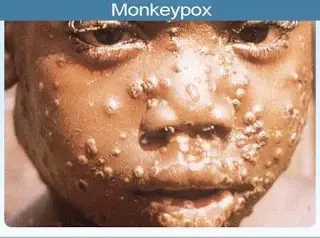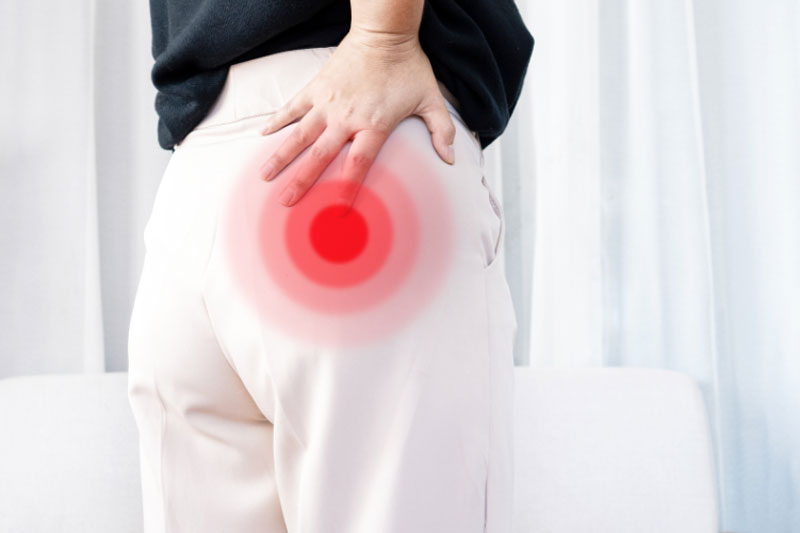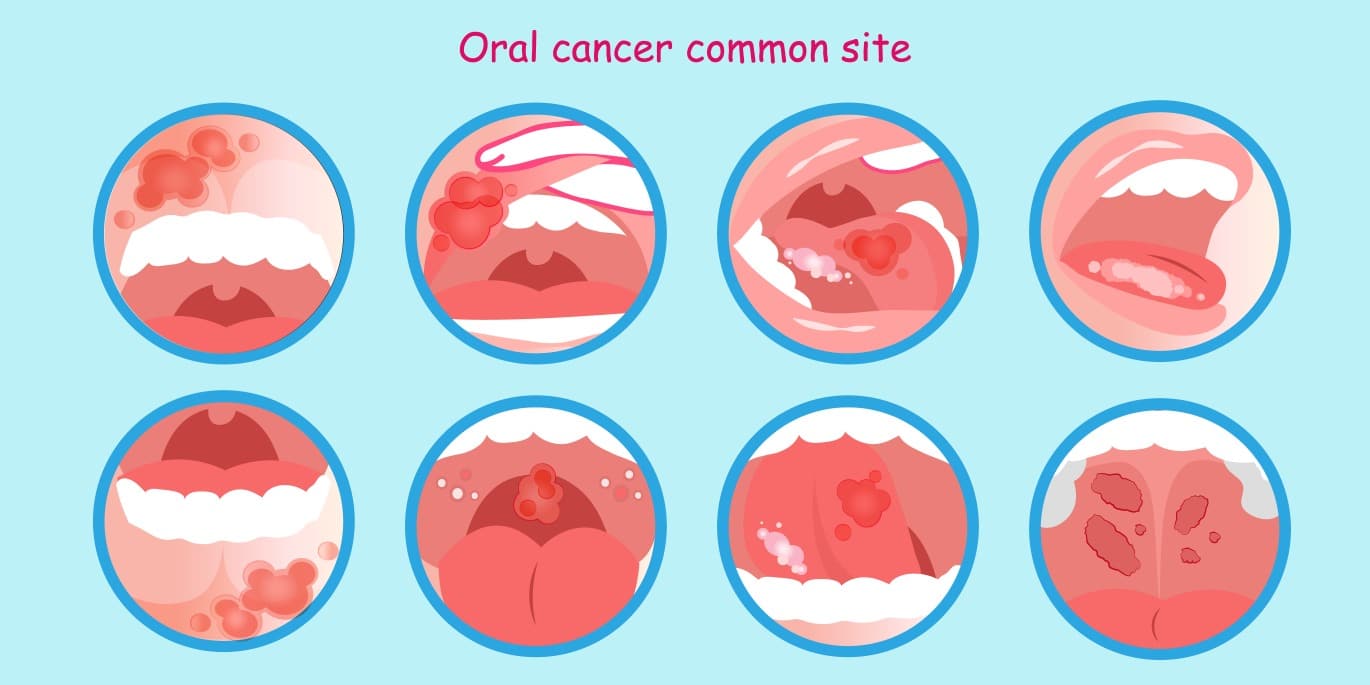In today’s fast-paced world, mental health has become a critical component of overall wellness. The increasing recognition of mental health’s importance has led to more accessible services and resources for individuals seeking help. Navigating these services, however, can be daunting, especially for those unfamiliar with the various options available. This guide aims to provide a comprehensive overview of mental health services, emphasizing the importance of early intervention, available resources, and how to find the right support.
Understanding Mental Health
Mental health encompasses emotional, psychological, and social well-being. It affects how we think, feel, and act, influencing our ability to handle stress, relate to others, and make decisions. Mental health is crucial at every stage of life, from childhood and adolescence through adulthood.
Unfortunately, mental health issues are common. Conditions like depression, anxiety, and bipolar disorder can affect anyone, regardless of age, gender, or background. The good news is that help is available, and early intervention can make a significant difference in managing these conditions.
The Importance of Early Intervention
Early intervention is key to managing mental health issues effectively. The sooner a problem is identified and addressed, the better the outcomes. This is particularly true for conditions like depression and anxiety, which can worsen over time if left untreated.
Recognizing the signs of mental health issues is the first step in seeking help. Symptoms may include persistent sadness, excessive worry, changes in sleeping or eating habits, withdrawal from social activities, and difficulty concentrating. If you or someone you know is experiencing these symptoms, it’s important to seek professional help.
Types of Mental Health Services
Mental health services are designed to provide support, treatment, and resources to individuals struggling with mental health issues. These services vary widely, from counseling and therapy to medication management and crisis intervention. Understanding the different types of services available can help you make informed decisions about your care.
1. Counseling and Therapy
Counseling and therapy are the most common mental health services. These services involve talking to a trained professional about your thoughts, feelings, and behaviors. Therapists use various techniques to help you manage your mental health, including cognitive-behavioral therapy (CBT), psychodynamic therapy, and interpersonal therapy.
Therapy can be conducted one-on-one, in groups, or with family members. The goal of therapy is to provide a safe and supportive environment where you can explore your emotions, identify patterns in your behavior, and develop coping strategies.
2. Medication Management
For some individuals, medication is an essential part of managing their mental health. Psychiatrists and other medical professionals can prescribe medications to help balance chemicals in the brain that affect mood and behavior. Common medications include antidepressants, anti-anxiety medications, and mood stabilizers.
It’s important to work closely with a healthcare provider when taking medication for mental health. They can help you find the right medication and dosage, monitor for side effects, and make adjustments as needed.
3. Crisis Intervention
Mental health crises can occur suddenly and require immediate attention. Crisis intervention services are available to provide urgent care in situations where someone is in danger of harming themselves or others. These services can include hotlines, emergency counseling, and inpatient hospitalization.
If you or someone you know is experiencing a mental health crisis, it’s important to seek help immediately. Many communities offer crisis hotlines and mobile crisis teams that can provide on-the-spot assistance.
4. Support Groups
Support groups offer a sense of community and understanding for individuals dealing with similar mental health challenges. These groups are often led by a facilitator and provide a space to share experiences, gain support, and learn from others. Support groups can be beneficial for individuals dealing with conditions like depression, anxiety, or addiction.
Accessing Mental Health Services
Finding the right mental health services can be challenging, but there are several ways to access care. Here are some steps you can take to find the help you need:
1. Start with Your Primary Care Provider
Your primary care provider (PCP) is often the first point of contact for mental health concerns. They can provide an initial assessment, offer guidance, and refer you to mental health specialists if needed. Your PCP can also help you explore options like therapy, medication, and support groups.
2. Search for Local Mental Health Services
Many communities have mental health clinics, counseling centers, and nonprofit organizations that offer services to residents. A quick online search for “mental health services near me” can provide a list of local resources. Some organizations offer sliding scale fees based on income, making services more affordable.
In addition to mental health services, it’s important to stay informed about other aspects of your health. For example, if you’re concerned about sexually transmitted infections, you can search for “free std testing near me” to find local clinics that offer testing and related services at no cost. Taking care of your overall health is an important part of managing your mental well-being.
3. Consider Online Therapy
Online therapy has become increasingly popular in recent years, providing a convenient option for those who may not have access to in-person services. Online therapy platforms connect you with licensed therapists through video calls, messaging, or phone calls. This option is particularly useful for individuals with busy schedules or those living in remote areas.
When exploring online therapy, it’s important to choose a reputable platform with licensed professionals. Look for reviews and check the credentials of the therapists available through the service.
4. Utilize Employee Assistance Programs (EAPs)
Many employers offer Employee Assistance Programs (EAPs) that provide free and confidential mental health services to employees. These programs often include counseling, stress management resources, and referrals to specialized services. If your workplace offers an EAP, it can be a valuable resource for accessing mental health care.
5. Explore Community Resources
Community resources, such as public health departments and nonprofit organizations, often provide mental health services at reduced costs or for free. These resources can include counseling, support groups, and educational workshops. Community centers, religious organizations, and local charities may also offer support for mental health concerns.
The Role of Basic Life Support (BLS) Training in Mental Health Services
Basic Life Support (BLS) training is an important skill set that can be beneficial in various settings, including mental health services. BLS training equips individuals with the knowledge and skills to provide immediate care in emergencies, such as cardiac arrest or choking.
In the context of mental health services, BLS training can be particularly valuable for professionals working in high-stress environments where physical and mental health emergencies may occur. For example, a mental health professional trained in BLS can provide life-saving care to a client experiencing a medical emergency during a session. Additionally, BLS training can empower individuals to feel more confident and prepared to handle emergencies, which can reduce anxiety and stress in the workplace.
For those interested in gaining BLS skills, many organizations offer courses both in-person and online. Completing a BLS course can enhance your ability to provide comprehensive care and support in various settings, including mental health services.
Overcoming Barriers to Mental Health Care
Despite the availability of mental health services, many individuals face barriers to accessing care. These barriers can include stigma, cost, lack of awareness, and limited availability of services. Overcoming these barriers is essential to ensuring that everyone has access to the mental health care they need.
1. Reducing Stigma
Stigma surrounding mental health can prevent individuals from seeking help. It’s important to challenge and change the misconceptions about mental health by promoting awareness and education. Open conversations about mental health can help normalize the experience and encourage more people to seek care.
2. Addressing Financial Barriers
The cost of mental health services can be a significant barrier for many individuals. Exploring options like sliding scale fees, insurance coverage, and community resources can help reduce the financial burden. Additionally, some employers offer mental health benefits as part of their health insurance plans.
3. Increasing Awareness of Available Services
Many people are unaware of the mental health services available to them. Public health campaigns, educational programs, and community outreach can help raise awareness and connect individuals with the care they need. Additionally, searching online for resources like “free std testing near me” can lead to discovering other health services that contribute to overall wellness.
Conclusion
Navigating mental health services can be overwhelming, but it’s a crucial step toward achieving overall wellness. Whether you’re seeking counseling, crisis intervention, or simply looking for support, understanding the available resources and how to access them is essential. By prioritizing mental health, reducing stigma, and utilizing available services, you can take control of your well-being and lead a healthier, more fulfilling life.
Remember, mental health is just as important as physical health, and taking proactive steps to care for your mind is a vital part of overall wellness. Whether you’re considering “BLS” training to enhance your skills in handling emergencies or searching for “free std testing near me” as part of maintaining your health, every step you take towards improving your well-being is a step towards a better future.












